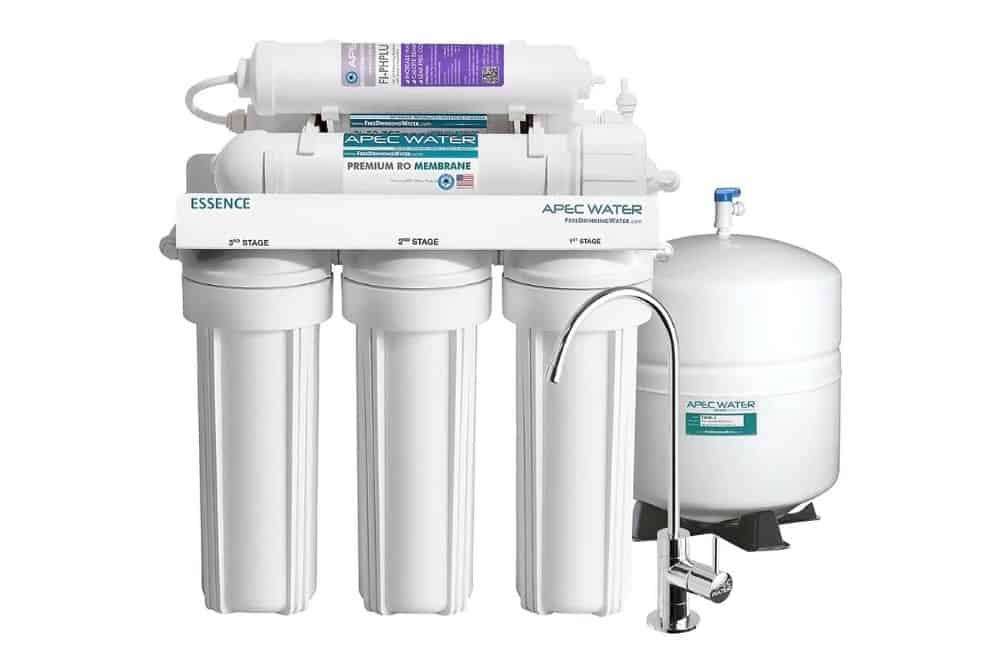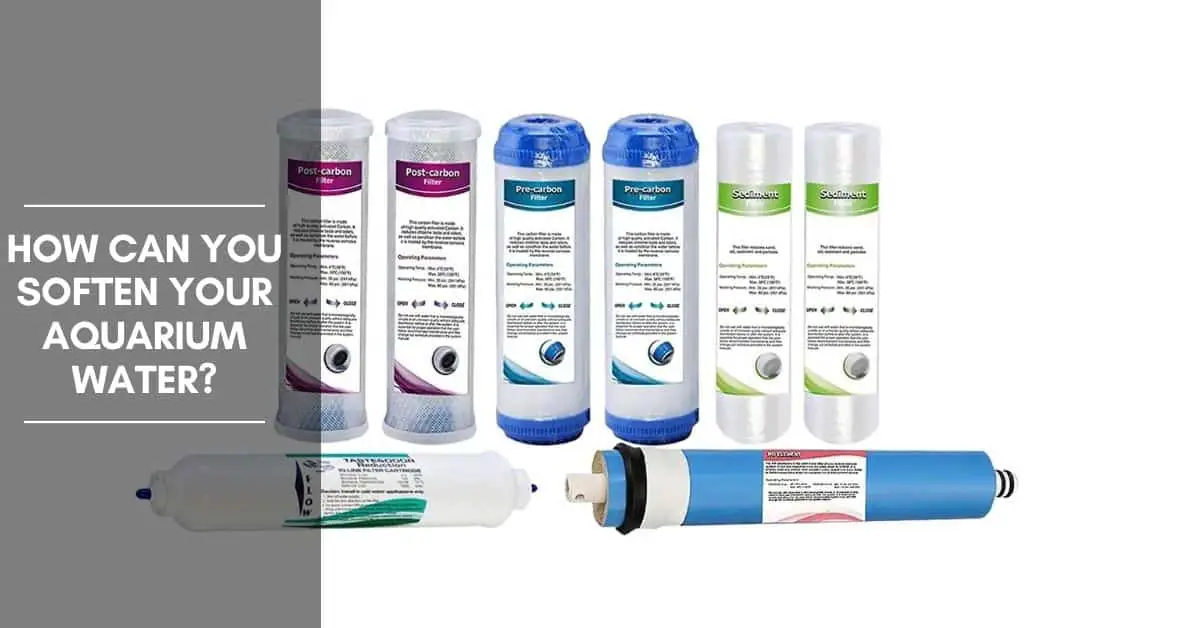Water becomes hard by dissolving soluble salts from the rocks or soil over or through which it Hows. Some rocks, for example, slate, granite, and gneiss contain little or no soluble material and have a negligible effect, while others, notable limestones, are quite the opposite. Rocks and other “hard” decor in the aquarium may affect water chemistry; corals and shells are largely calcium carbonate, and gravel often contains fragments of limestone or shell. Hardness-free decor is a prerequisite of the soft-water aquarium.
It is easy to harden soft water with lime-rich decor or the special salt mixes (not marine salt) available for simulating conditions in east African lakes, and, as luck would have it, fishes like Guppies from hard water seem not to suffer any ill effects from softer than-natural conditions. Unfortunately, the reverse does not apply: reducing hardness is troublesome, and soft-water fishes often fail to thrive in hard conditions.
Softening Aquarium Water
There are various methods of softening water:
1. By boiling
which removes some, but not all, of the dissolved salts.
2. By dilution with rainwater.
This is the cheapest method, the only outlay being suitable containers, made of non-toxic material, for collecting and storing water. Roofs, gutters, and downpipes must be as clean as possible, and avoid cemented roofs as cement is powdered limestone.
Water collected close to, or downwind of, industrial areas may be polluted. Collect only during prolonged downpours, and wait a few minutes while dust and any other rubbish are washed away. It is advisable to strain the water through filter floss straight away to remove any stray detritus. Rainwater may carry the risk of pollution, but so may tap water.
3. By dilution with artificially softened water.

Artificially softened water may be:
- Distilled
- Softened using an ion exchange resin (use only resins sold for aquarium use). This may affect pH, and, as it exchanges calcium ions for (usually) sodium ions, the result may be soft but still mineral-rich (and unsuitable for fishes from mineral-poor waters)
- Processed by a reverse osmosis unit, available Irom aquatic retailers (but expensive). This removes all minerals but is wasteful – some 45.5 liters (10 gallons) of tap water is needed to produce 4.5 liters (1 gallon) of mineral-free water.
The collected or treated water can be used “neat” to create very soft conditions. Distilled and reverse-osmosis water should never be used “neat”, not, as often stated, because they contain no minerals, but because both processes remove free oxygen so there is nothing to “breathe”. Aerate thoroughly before use to rectify this problem.
You may come across the following additional terms: “Temporary hardness” is that which can be removed by boiling, while “permanent hardness” is that which cannot. “Carbonate hardness” (KH) is that contributed by (bi)carbonates, but not other salts such as sulfates and chlorides. “General
hardness” (GH) includes all dissolved salts and is sometimes referred to as “total hardness” or “total dissolved salts” (TDS). Scientists often measure mineral content in terms not of hardness but of electrical conductivity, the units employed being micro-siemens (μS).


